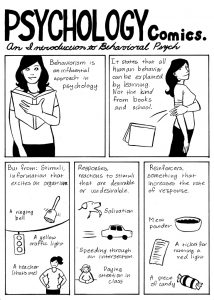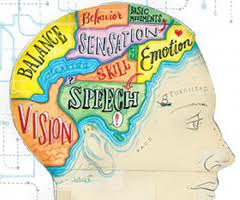Evolutionary approach uses evolutionary ideas such as adaptation, reproduction, and natural selection as the basis for explaining specific human behaviors.The purpose of this approach is to bring the functional way of thinking about biological mechanisms such as the immune system into the field of psychology and to approach psychological mechanisms in a similar way.
In other words, evolutionary psychology is focused on how evolution has shaped the mind and behavior.
The evolutionary perspective considers many different traits which include memory, perception and language. In this perspective, however, it considers these traits as adaptations that have occurred within the human body over time. With the evolutionary perspective scientists look at the way a new trait will evolve in the average person.
The evolutionary perspective says the only reason that the human race continues to survive and continues to function in the best way possible is through natural selection. This is believed to be the way that the human race has come from the caveman era to the modern era as far as skills, traits and abilities.
This approach also influence our decision making, level of aggressiveness, fears, and making patterns.
A strength of this approach is that it can explain behaviors that appear dysfunctional, such as anorexia, or behaviors that make little sense in a modern context










